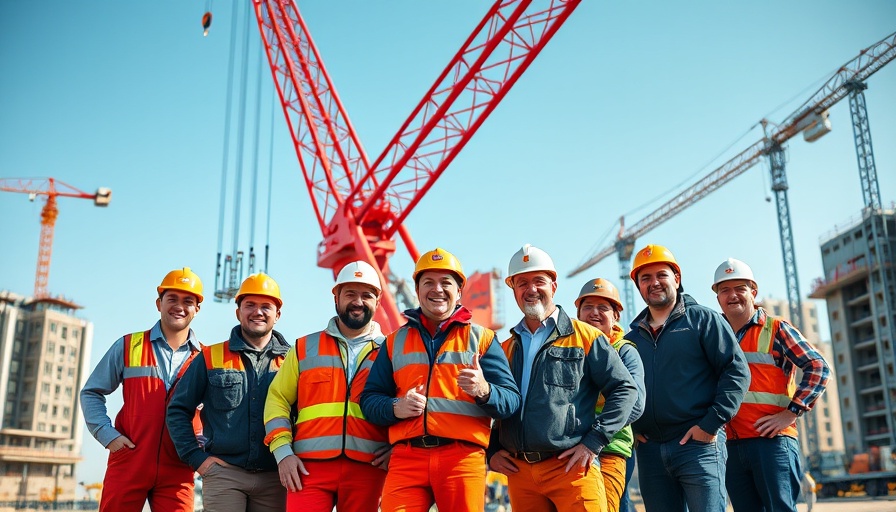
Revolutionizing Permitting Through AI: A New Era for Cities
As municipalities seek innovative solutions to streamline bureaucratic processes, cities like Los Angeles, Austin, and Honolulu are leading the charge by adopting artificial intelligence (AI) for permitting. With the persistent challenge of long wait times for environmental and building permits, these cities are leveraging technology to enhance efficiency in their planning departments, ultimately aligning with contemporary demands for swift development and responsive governance.
Immediate Benefits: Speeding Up the Permit Process
In adopting AI, Austin and Los Angeles have partnered with Archistar, an Australian tech firm specializing in building design and automated regulatory compliance. Austin officially integrated Archistar's technology in October 2024 after a successful pilot program that demonstrated noteworthy reductions in permit processing times. In parallel, Los Angeles initiated its deployment on April 30, following devastating wildfires that underscored the urgent need for expedited rebuilding efforts.
These AI-driven systems not only promise faster responses but also enhance accuracy in reviewing submissions. Algorithms can analyze a vast amount of data, ensuring compliance with local regulations and identifying potential issues before they become costly delays, providing an impactful solution for business owners and developers.
Honolulu’s Commitment to Tech-Driven Permitting
Following the trends set by its counterparts, Honolulu Mayor Rick Blangiardi announced a commitment to upgrading the city’s permitting processes with AI technologies slated for launch later this year. This move illustrates a growing recognition of the importance of operational efficiency in fostering a supportive environment for development, particularly in a market that increasingly values resilience in the face of climate challenges.
The Bigger Picture: Federal Support and Financial Implications
The push for AI in municipal permitting coincides with broader federal efforts to revise environmental and federal permitting processes, stoked by initiatives from impressed political leadership. The emphasis on technology reflects a significant paradigm shift where compliance and regulatory processes are being automated to meet the burgeoning needs of construction and sustainability demands.
For executives in commercial construction, these advancements not only reduce timeframes but also translate into financial savings. With reduced delays, project timelines shorten, allowing businesses to mitigate overhead costs associated with prolonged permit approvals. Additionally, it aids resource allocation effectively, providing an overall enhancement in project viability and profitability.
Implications for Business Owners and Developers
For businesses and developers eyeing new projects, understanding the intricacies of AI adoption in permitting can present a competitive edge. Engaging with municipalities that embrace AI can streamline project initiation, align development timelines with market needs, and optimize overall resource management. Furthermore, as municipalities advance in this tech adoption, competition may become increasingly fierce among businesses vying for limited permits, necessitating proactive strategies.
Conclusion: Embrace the Change
The shift toward AI in permitting is more than just a technical upgrade—it's a fundamental evolution in urban development strategies. As cities refine these processes, stakeholders in commercial construction must adapt and consider how these advancements influence their operations. Businesses should remain vigilant of local policy changes and leverage AI capabilities to maximize their project efficiency.
For further insights on streamlining your construction projects amidst these technological advancements, stay tuned for updates and practical advice on navigating the changing landscape.
 Add Row
Add Row  Add
Add 




Write A Comment